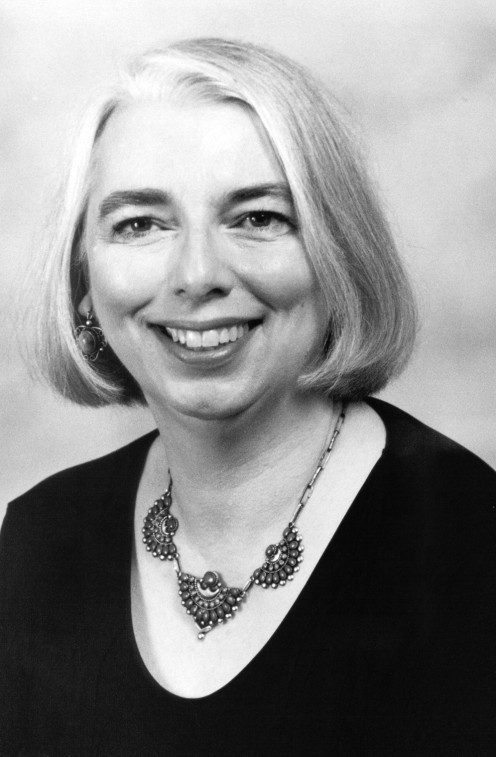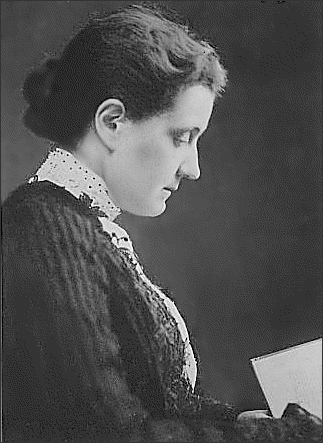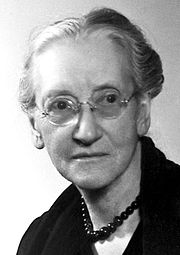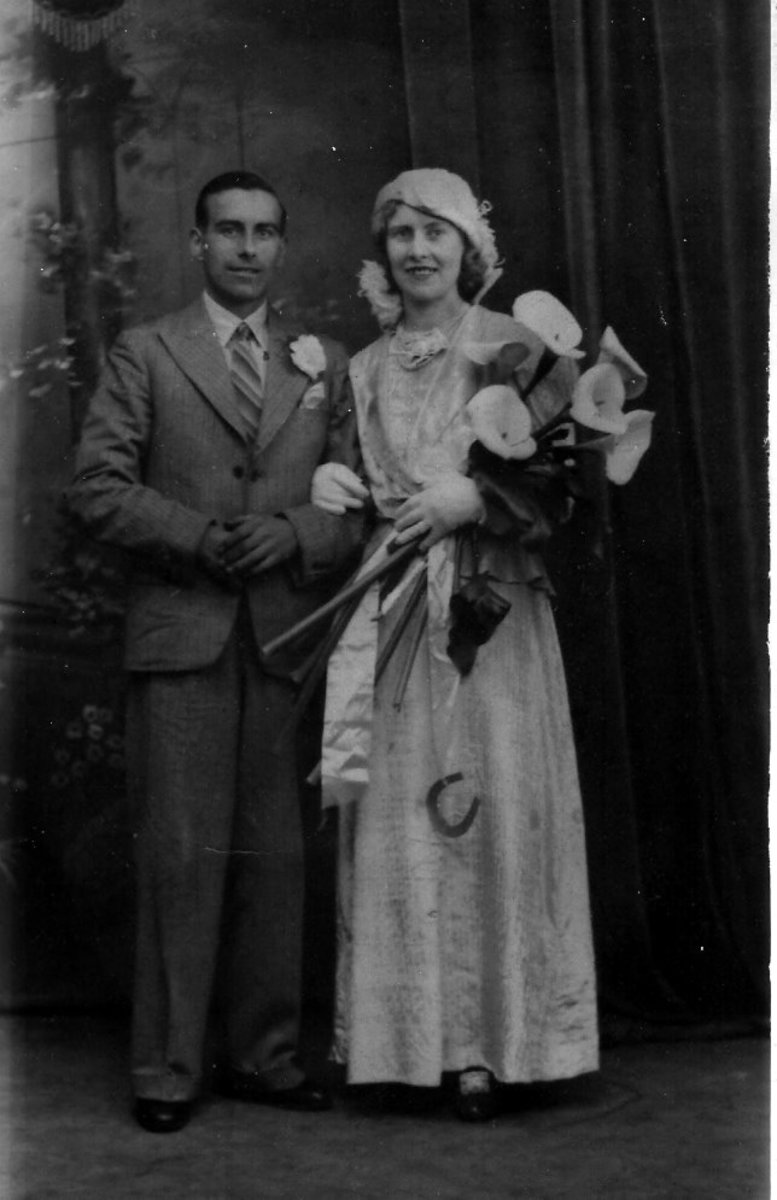Women in a Sociologist's world

We've Come a Long Way But......
The Beginning of ASA
Mary Jo Deegan writes a detailed account of the history of the American Sociological Association (ASA) from its beginning through its first 25 years and the inception of women sociologists into this society. Her research shows the ideology of the men and the women in this era in our history. A historical note worth mentioning is that at first it was called the American Sociological Society and was later changed because of the initials and the ridicule it caused.
The most influential male in the ASA at its beginning is noted to be Albion Small. Small had definite opinions about the roles that women should play in the world, and they were specialized in family social issues. Small believed in equal pay for equal work, but he did not believe that women were capable of doing equal work. He felt that women that were trained to do a ‘man’s job’ led society down a destructive path in the social world. His idea was to let women study issues in the home and to let men control the political areas. He believed that women belonged at home, and that they had no place at all in political and war issues. The men in the circle of the ‘good old boys’ network followed Small’s lead and ostracized women from holding key positions in the ASA. Some men were strong enough in their beliefs to work towards having females speak at annual meetings, but this took years before it came into play.
The ASA kept the female sociologists separate from the male network, and they kept them specialized in what they considered issues that women should handle. This segregation became less so in the late 1920’s. The first president of the ASA, Lester F. Ward, shared some of Small’s bias for females, but he did support participation and invited many female sociologists to speak at their meetings. This action set in motion female’s point of view being welcomed in the world of sociology. E. A. Ross, the president after Ward, also supported female speakers in the ASA meetings. He invited Jane Addams to speak, and Addams accepted but substituted Emily Green Balch as her speaker. Balch spoke on War issues and began a very controversial discussion on why women were allowed to speak on such issues, especially because Balch supported peace, not war. Addams and Balch were both anti-war pacifists. Ross, to his credit, did try to make female participation in these meeting a norm, but was met with much opposition.

Strong Female Sociologists
Jane Addams was the most influential female sociologist of this time period. She formed a separate female network with 8 other female sociologists. Her work was instrumental on issues of women’s rights, juvenile delinquency, poverty, old age, and immigration. These are all current concerns and her work helped start policies that have continued into our current times. Jane Addams was well known for her ability to organize other women and “to many Americans she symbolized the best in womanhood: concern for others, self-sacrifice, common speech, and concrete actions for social change”. (p. 18). She was seen as a radical, and perhaps this was a reason she was kept out of the social male run institutions. Jane Addams was the first American woman to win the Nobel Peace Prize in 1931.

Emily Green Balch was a close friend of Addams, and was also well known for her work. She was considered a pacifist, and this reputation kept her out of positions during World War I. Ms. Balch held the earliest officer position at the ASA. Her work won her a Noble Peace Prize in 1946. Addams and Balch were the only American women to be so honored with their work as Nobel Peace Prize winners.
Julia Lathrop was well known for her work on child welfare and immigration. She was the first leader of the Immigration Protective League; now known as the Immigration Bureau. She was also the leader of the Children’s Bureau. Jane Addams wrote a biography about Julia Lathrop, describing their work together and about Lathrop’s skills as a leader and an intellectual.
Grace Abbott took over both of these positions after Julia Lathrop retired. Abbott was also a key figure in starting up Social Security in this country. Abbott and Lathrop resided at Hull House, a social settlement founded in 1889 for female sociologists.
Susan M. Kingsbury and Lucille Eaves were both research directors at the Women’s Educational and Industrial Union, both studying and collecting data about working women and their lives. This work was similar to the work done at Hull House. Eaves taught Sociology at Standard and The University of Nebraska. She had issues with equal pay, and left both positions feeling her pay was inadequate in comparison with her male counterparts. She was the only woman at the time to teach at a coeducational institution.
Ethel Sturgess Drummer was the founder of the family section at the ASA. She worked with Addams in the establishment of several juvenile institutes, including the Juvenile Court.
All the above women sociologists held positions on the executive committee at the ASA and have made a significant mark in history for their work on social issues. At the time their efforts were ignored and denied, but through writings such as this article, it has been studied and recognized.

Equality
view quiz statisticsMy Reaction
Historically speaking, the fight for women’s rights began making some headway around the middle of the 1800’s. This fight continues now, over 150 years later. In 2009, President Obama signed the Lily Ledbetter Fair Pay Restoration Act, so named after a Goodyear employee who was paid 15-40% less than her male counter parts. This is a key point in recognizing that women are still discriminated against even now.
In the mid 1980’s, well after the language of equal pay for equal work came about in the 1960’s, I became one of the first women cable splicers in Ohio. This job required climbing telephone poles among other duties not normally done by females. This new job ran in conjunction with my college classes as one of a handful of women enrolled in mechanical engineering. I encountered discrimination at every turn, both in the classroom and on my job, but it did get better with time. I had to prove myself much more than a man ever would have. Even though I was a straight 4 point GPA in all my technical classes, I was not trusted as a man would be, as typically math is a left brain trait associated with males. It is actions like taking this job and taking these courses that I and many of my female sisters did that brought women closer to equality. I hung in there and went on to become a telecommunications engineer. Unfortunately, we as women still have to repeat such actions as the battle is not over. I am in no way comparing my contributions to any of these women, only my journey.
Deegan's Reaction
Mary Jo Deegan shows evidence of discrimination and lists the accomplishments of several key female sociologists from the early 1900’s through the 1940’s. She seems surprised that discrimination was happening. I am not. It was a sign of the times that discrimination happened to that extent, and it was strong women like Charlotte Perkins Gilman and Jane Addams that opened the doors for future female sociologists. Ms. Deegan uses the word ‘blatant’ to describe the apparent discrimination. It is the use of this word that makes it seem that she is surprised. Was it blatant discrimination? Of course it was, but I do not believe they felt that way at the time, any more than I did in my struggle to enter a traditional man’s world.
I compare this to the civil rights movement in the 60’s. The laws have changed drastically over the years to protect the rights of minorities and to stop discrimination between the sexes. Unfortunately laws do not change the mind set of the mass of the population. Discrimination continues to rear its ugly head in many forms daily. Studies show that redlining and higher mortgage interests’ rates still plague minorities. Even the most liberal thinkers admit to clutching their purse walking downtown at 5am and seeing a large African American man walking nearby. Many of these reactions come from the ideals of our peers and from statistics on crime rates and biased news releases.
Most of our fortune five hundred corporations are still dominantly run by men and women still hit the glass ceiling constantly in trying to climb the corporate ladder. We as a society see that discrimination for the most part does not exist, because there are women that hold high executive positions, but we don’t realize that this is really not the norm. Traditional male jobs have accepted women in these positions, but with hesitation, and the positions of authority are still male dominated. How much progress we have made in the last century is clearly paramount but we still have a long way to go. We continue to live in a male dominated country where the ‘good old boys’ continue to pick their own as first choice.
Conclusion
These women made significant strides in the movement for equality, and cleared the path for necessary policies and departments for fair and just treatment in many areas. It is hard to look back and imagine what they felt as far as discrimination, but I want to believe that they, like me, felt proud of their accomplishments and realized that it was a necessary step in opening the door for females in this world, and that the anger was replaced with the will to show these ‘good old boys’ that they too belonged.
Women in Sociology
© 2013 Rebecca Shepherd Thomas









